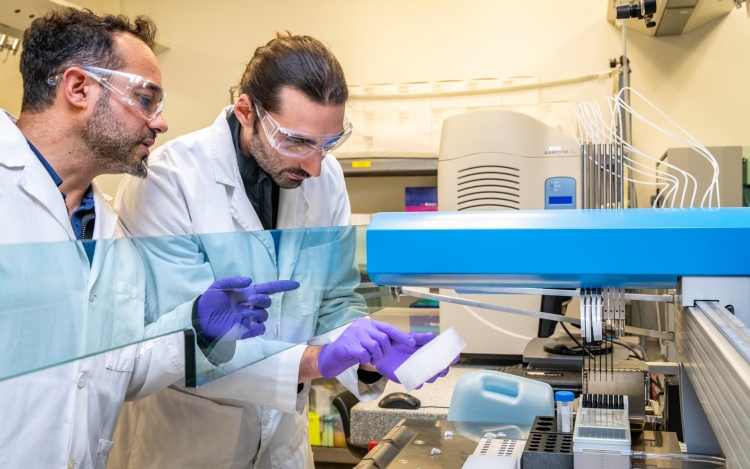No matter the kind of business you are running, you are surely always on the lookout for some tips that can boost your productivity. However, if you work in a lab, being efficient is extra important as it will ensure quality results and continued funding. With that in mind, here are a few great ways how you can increase your lab’s efficiency.
1. Make a plan in advance
For starters, planning ahead is always a great way to keep up with everything that needs to be done. Whether it’s a weekly schedule or an itemized daily to-do list, having a visual overview will help you make sure you don’t overlook any task. By writing everything down, you will allow your brain to focus on all the experiments you have to get done. Moreover, ticking off completed assignments will be more than satisfying.
2. Keep track of everything in a lab journal
Just like you should write down a schedule that you need to stick to, you should also keep a lab journal. Consider writing down everything that happens during a day. Although it might seem like an unnecessary chore, you will find it useful in the long run, especially if you have a standardized way of doing it. Explain every protocol in detail so that everyone in the lab knows how to do it in the future. Not only will this make task delegation easier but you can also use these notes to avoid the same issues and improve your productivity later on. While writing it all down in a notebook can make it easier to carry around, the digital approach might be better as it’s easier to look up.
3. Organize the laboratory
Besides keeping a journal, properly organizing your lab will also help you stay on top of everything. For example, if you know exactly where you can find the tools you need, you will not waste any time starting your project. When organizing the workspace, remember to think about the purpose of each area. Furthermore, you want to ensure that no equipment is blocking walkways and access points or endangering your staff members. To reduce clutter and save precious time, place those utensils that are most frequently used in a location that is easy to access.
4. Invest in quality equipment
Another big aspect of running an efficient lab is having quality tools. When looking into lab equipment, you want pieces that are of the highest quality as that will provide you with quality results. Moreover, it will also help you save time as it will be working optimally. Then, if your current equipment is becoming worn-out and outdated, it might be time to consider replacing it with newer models. Slow equipment affects not only your productivity but costs you precious time and money.
5. Train your employees
Providing your employees with proper training is a necessary step in ensuring a productive workplace. From how to use certain pieces of equipment to where which utensil is located, there is a lot to cover here. In order for everyone to be able to do everything, some sort of standardization needs to be in place. It’s also important to develop good communication and a troubleshooting process to get to the bottom of the problem as soon as possible, without wasting time.
6. Look for ways to eliminate waste
For a more productive lab, eliminating waste and various distractions is also vital. For example, waste in your lab can include everything from product defects and overproduction to transportation issues and lack of inventory. To stay on top of it all, have a procedure for how you will get rid of waste and what you will do if important supplies are missing. That way, you will be able to make the most of every situation.
7. Remember to label everything
Something else to keep in mind is the importance of labelling everything. If you do not label samples properly, there will be plenty of confusion in the lab which will lead to reduced productivity levels. What is more, errors can result in lost data and expensive repeat processes. To waste less time, money, and effort, use a laboratory information management system (LIMS) that will automate your labelling process.
8. See what you can automate
Lastly, labelling is not the only task that you can automate. As there are various automation technologies available for laboratories, you can save time in many places. For example, you can implement automated pipetting and free technicians for other more complex tasks. From pre- to post-analytical testing tasks, your researchers can be utilized in better ways instead of wasting time on some repetitive assignments.
Every business can benefit from a productivity boost. With that in mind, if you are operating a laboratory, you want to keep these tips in mind. To be more efficient, consider investing in quality equipment, training your staff, and organizing the workplace in a useful manner.



